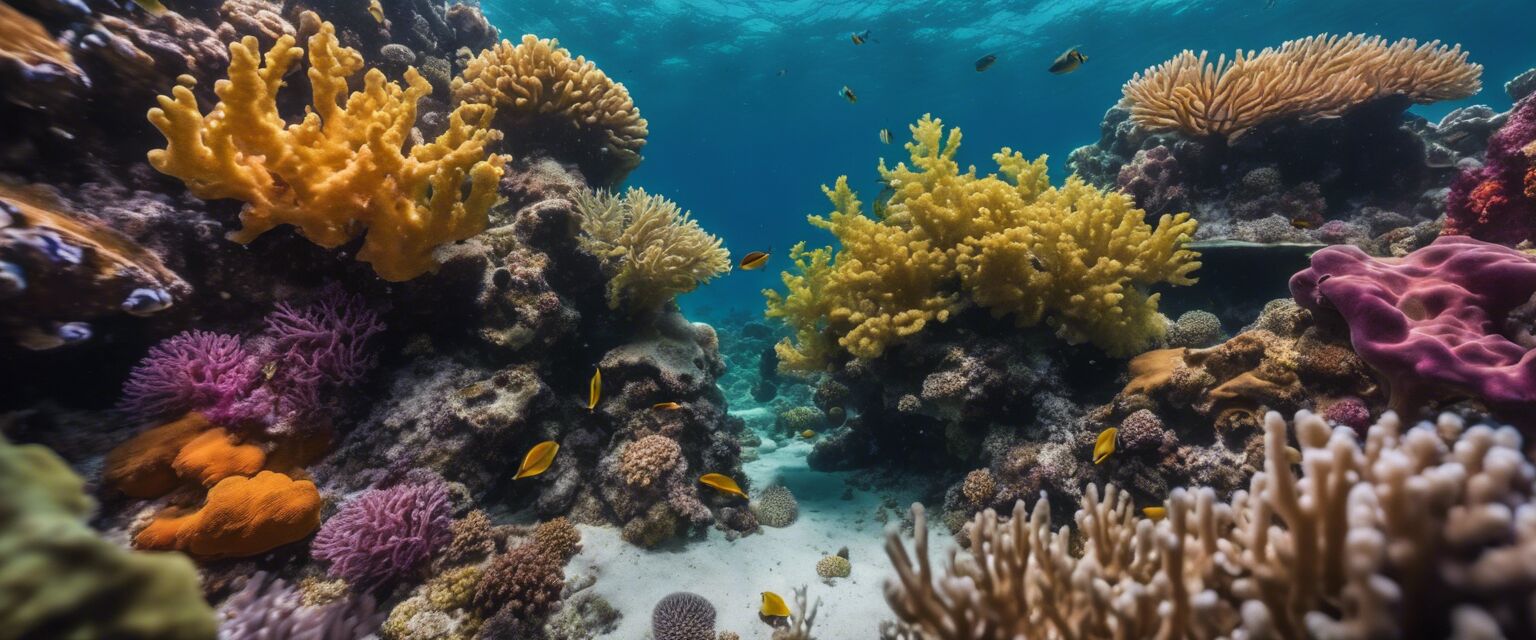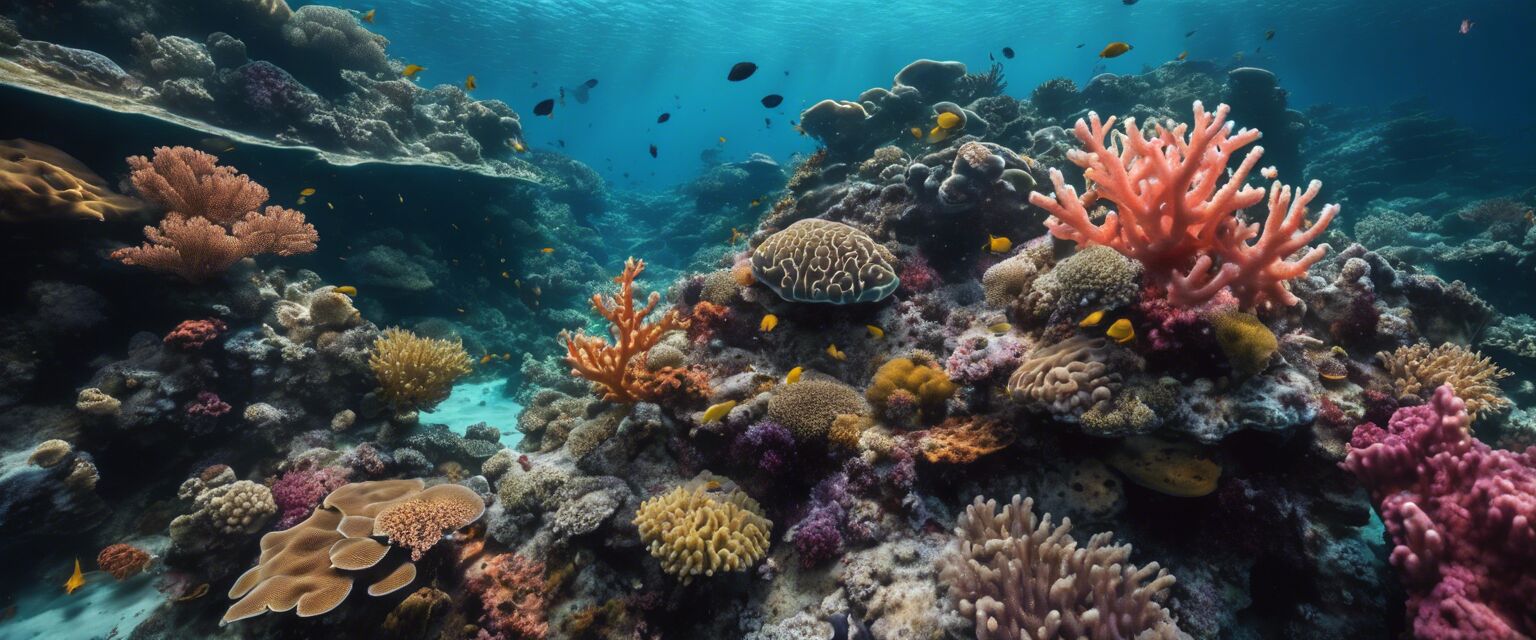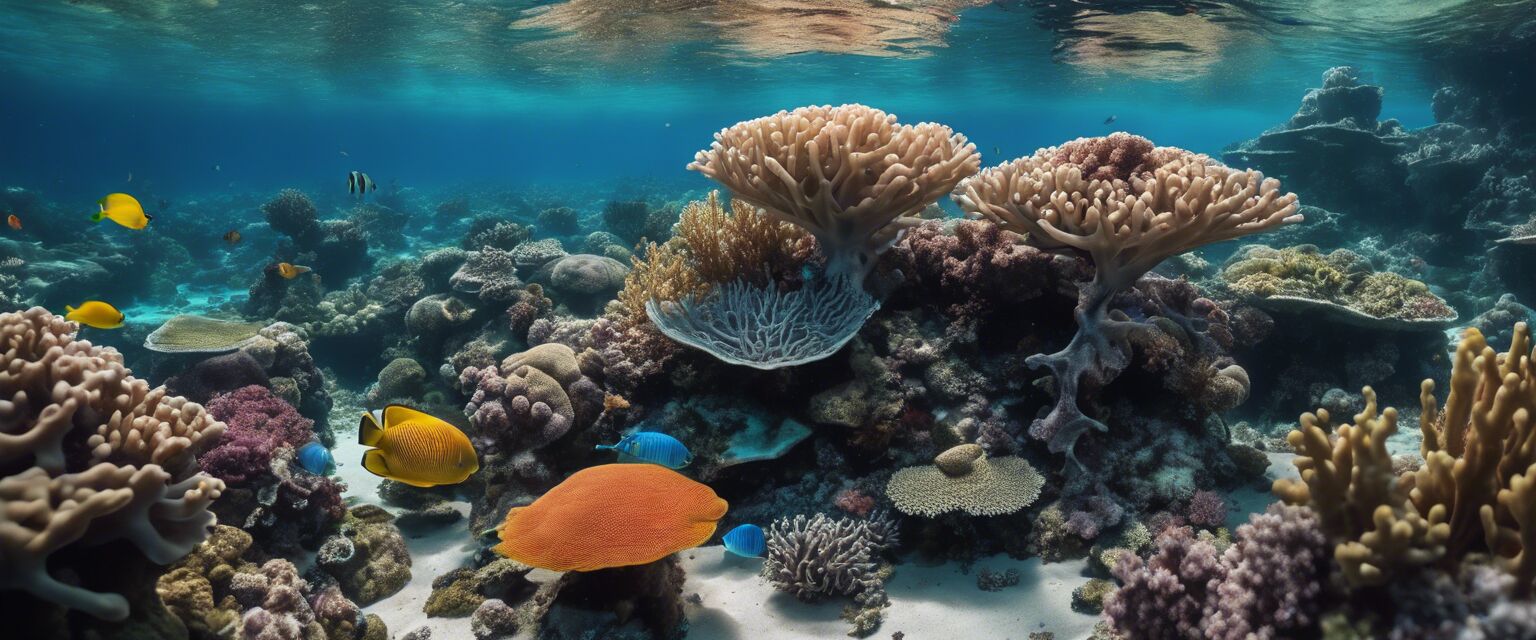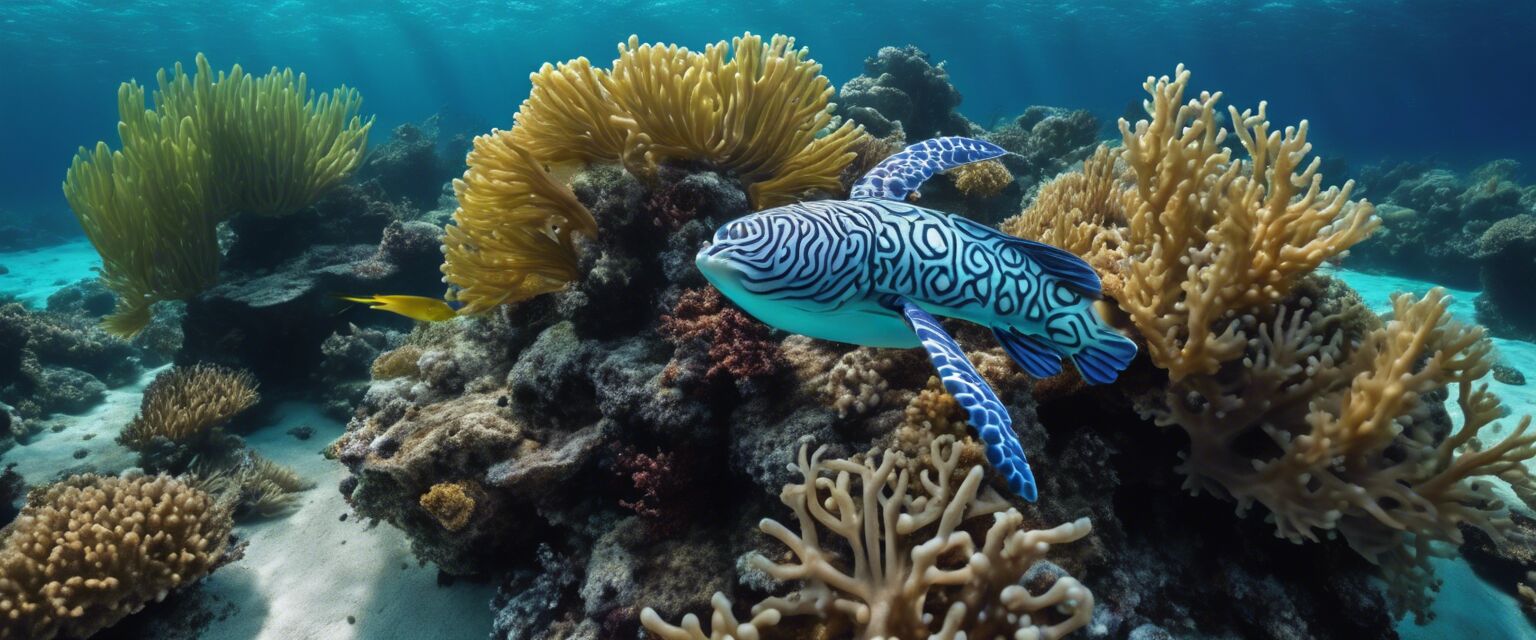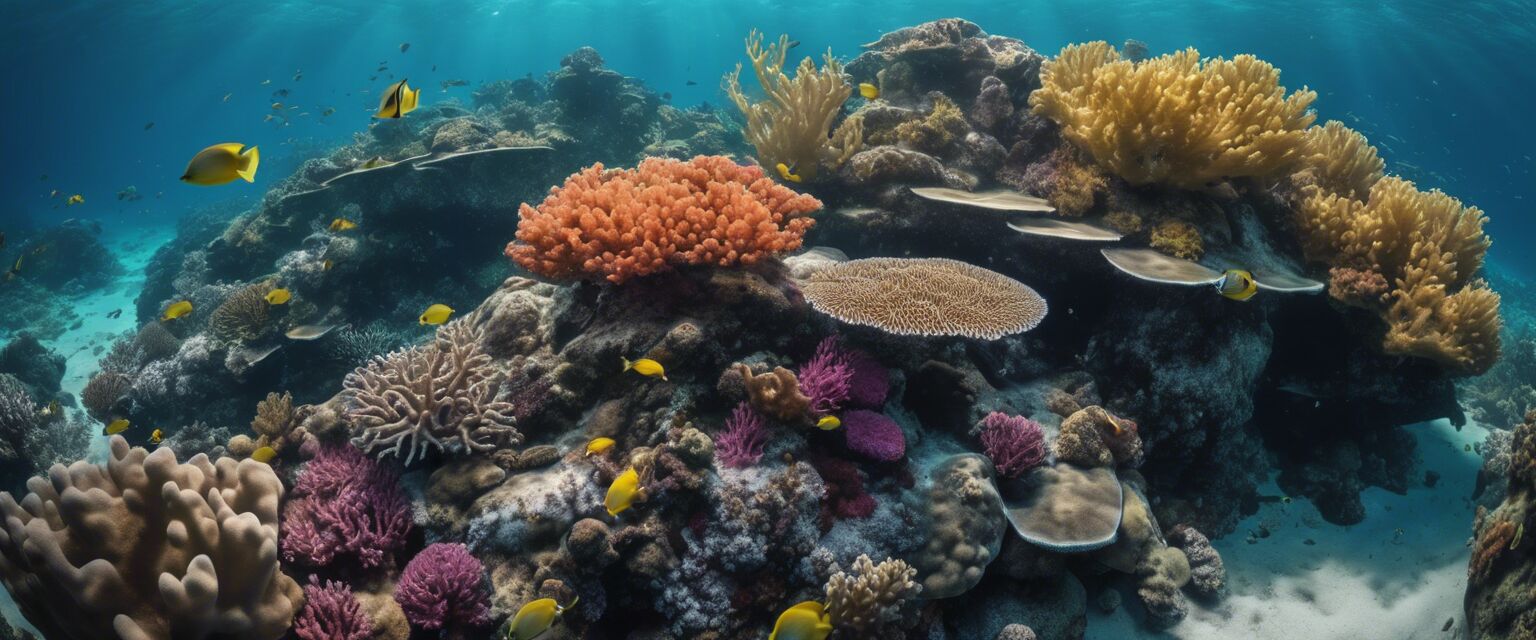
Locations for marine photography
Key Takeaways
- Marine photography showcases the beauty of underwater life.
- Different locations provide unique opportunities for capturing diverse marine species.
- Understanding the best times to visit can enhance your photography experience.
- Essential gear varies by location and subject matter.
Marine photography is not just about taking pictures; it's about capturing the essence of underwater life in its most beautiful form. From coral reefs teeming with fish to the haunting serenity of shipwrecks, the world beneath the waves offers countless opportunities for stunning photography. In this guide, we will explore some of the best locations around the globe for marine photography, providing tips on what to expect and how to prepare for your underwater adventures.
Top marine photography locations
| Location | Highlights | Best Time to Visit |
|---|---|---|
| Great Barrier Reef, Australia | Diverse marine life, vibrant coral formations | June to November |
| Blue Hole, Belize | Unique underwater sinkhole, rich marine biodiversity | April to June |
| Galápagos Islands, Ecuador | Endemic species, dramatic underwater landscapes | June to September |
| Maldives | Clear waters, abundant fish species | November to April |
| Red Sea, Egypt | Coral reefs, shipwrecks, and vibrant marine life | March to November |
Understanding the locations
Each of these locations offers unique characteristics that can affect your marine photography. Below, we dive deeper into what makes each place special.
Great Barrier Reef, Australia
The Great Barrier Reef is renowned for its stunning coral ecosystems and rich marine biodiversity. Photographers flock here to capture vibrant colors and unique species. Ensure to have a good underwater camera and lighting equipment to showcase the beauty of this underwater paradise.

Blue Hole, Belize
The Blue Hole is a natural wonder that is not only visually stunning but also offers a unique underwater experience. The deep blue water contrasts against the lighter surrounding waters, providing excellent photo opportunities, especially during sunrise or sunset.
Galápagos Islands, Ecuador
The Galápagos Islands are famous for their unique wildlife and dramatic underwater landscapes. This is a must-visit for photographers looking to capture rare species and breathtaking underwater scenes.
Maldives
The Maldives is well-known for its clear waters and diverse marine life, making it a paradise for underwater photographers. Be sure to explore different atolls to discover a variety of marine creatures.
Red Sea, Egypt
The Red Sea offers some of the best diving experiences in the world, featuring colorful coral reefs and numerous shipwrecks. This location is ideal for photographers looking to combine history with natural beauty.
Tips for marine photography
- Invest in quality underwater gear to protect your camera.
- Use natural light whenever possible to enhance colors and details.
- Familiarize yourself with the local marine life to anticipate great shots.
- Practice buoyancy control to achieve stability while shooting.
- Consider shooting during the golden hour for softer lighting.
Essential gear for marine photography
Your equipment plays a crucial role in the quality of your underwater photography. Hereâs a list of essential gear to consider:
| Gear | Purpose |
|---|---|
| Underwater camera | Captures high-quality images underwater |
| Underwater flash | Improves lighting in dark environments |
| Wide-angle lens | Captures expansive underwater scenes |
| Strobe lights | Enhances color and detail in underwater photos |
| GoPro or action camera | Versatile option for capturing dynamic scenes |
Conclusion
Marine photography offers a unique glimpse into the underwater world, and choosing the right locations can significantly enhance your photographs. Each destination has its own charm and array of marine life waiting to be captured. By equipping yourself with the right gear and knowledge, you're sure to leave with stunning images that tell the story of the ocean's beauty.
Pros
- Stunning and diverse marine life.
- Unique photographic opportunities in various environments.
- Increased awareness of ocean conservation.
Cons
- Potentially expensive gear and travel costs.
- Challenging underwater conditions.
- Requires significant planning and knowledge of locations.

